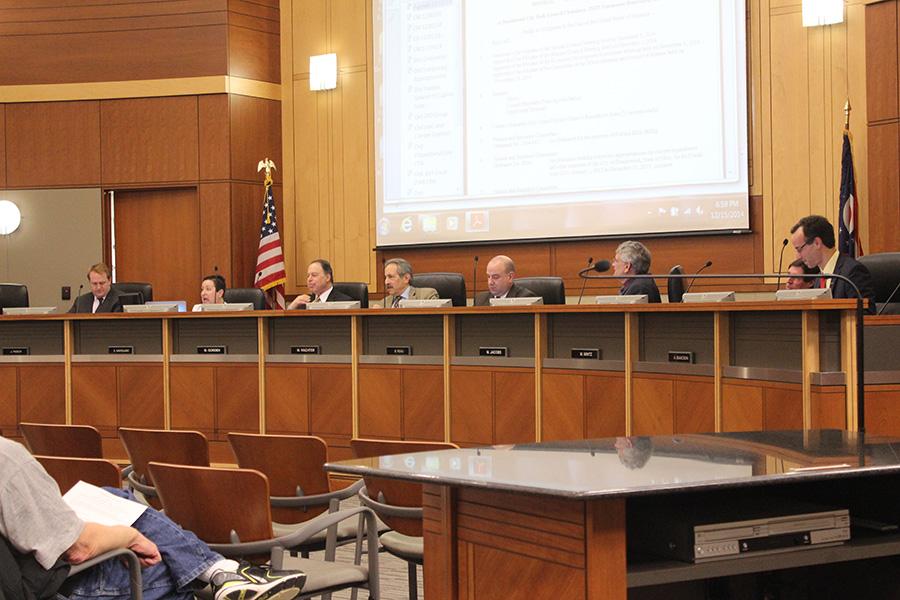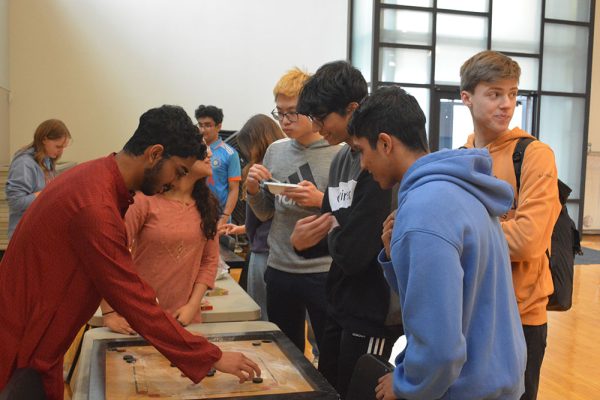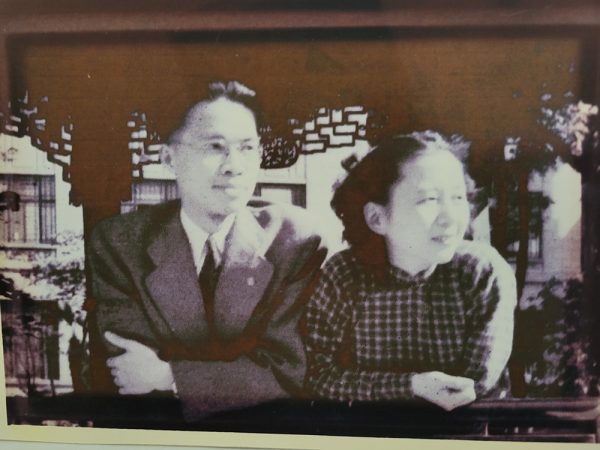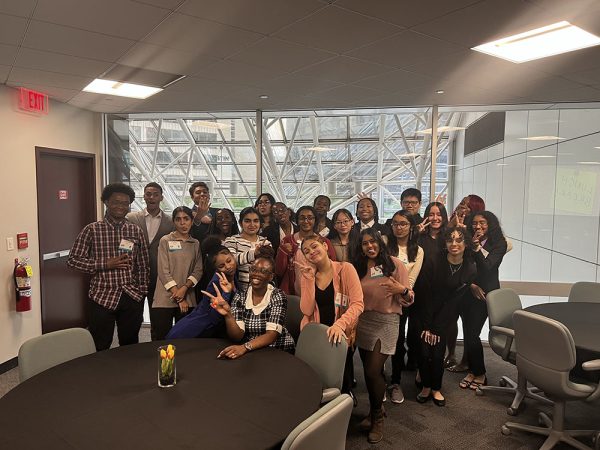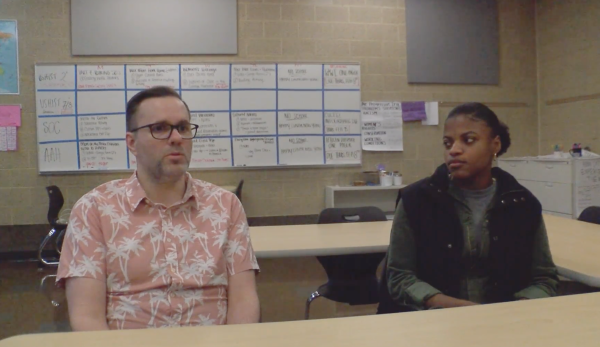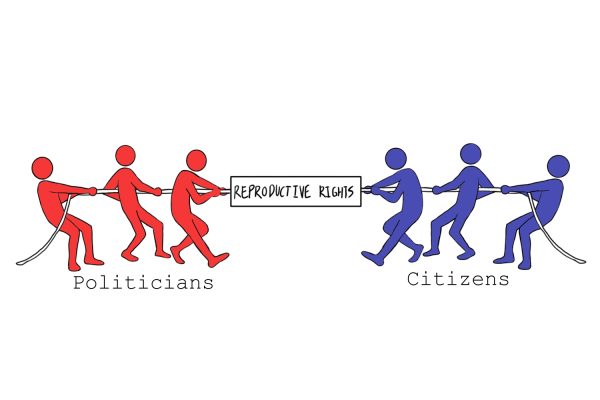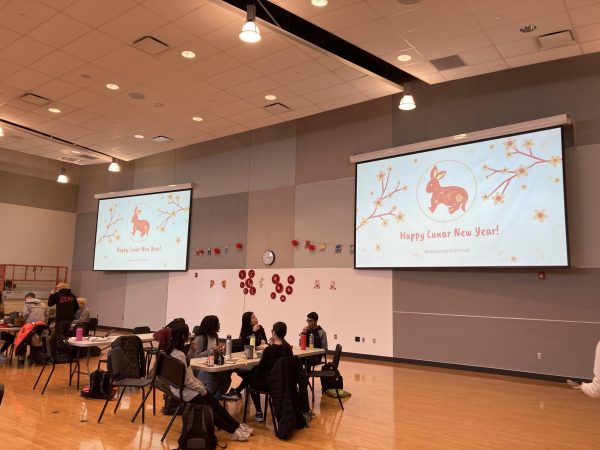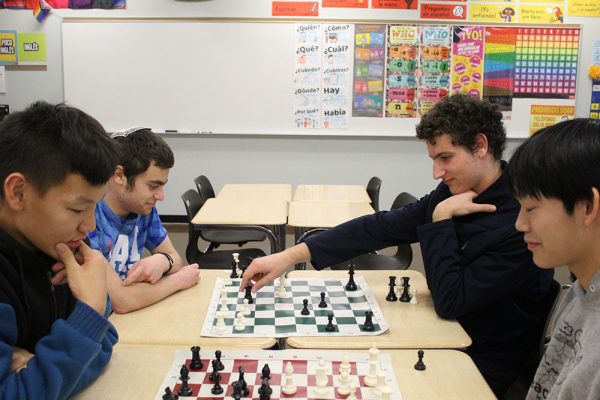Minorities Underrepresented in City Government
After a number of highly-publicized police shootings in recent months, many have begun to question the accountability of local governments to their African-American residents.
According to State Senator Nina Turner, whose district includes Beachwood, this problem is close to home.
She identified the demographics of the Cleveland Police Department as one area of concern, where there are approximately 1500 police officers and only 27% are people of color.
The Washington Post, among other sources, has identified racial imbalance as a national problem in all areas of local government including police departments, city councils and other government agencies.
According to a study by Karen Shanton for the liberal think tank Demos, there are approximately 1.2 million African Americans in 175 communities across the country that have city councils that do not fully represent them.
Beachwood is no exception.
According to 2010 census, the City of Beachwood is 77% white and roughly 14% African-American, yet the city council is entirely white. This leaves roughly 1,620 African-Americans without representation.
Beachwood Police Chief Keith Winebrenner reports that of 41 police officers in Beachwood, 34 are white males, six are white females and one is an African-American male. There are no African-American women on the force.
BHS parent Dr. Rekha Srinivasan feels that there should be more minority representation on our city council.
“You want everybody to have a say,” Srinivasan said, “If a committee … is skewed to one race or one gender, then the decisions they make will also be skewed.”
Turner agrees with Srinivasan in that more diversity means better decision-making.
“If we have a diverse voice in Congress,” Turner said. “We typically get a better outcome. You have to have elected officials who have a willingness to see the need, and it doesn’t happen overnight.”
“The effects of this underrepresentation don’t always explode onto the national stage as they did in Ferguson,” Shanton wrote in the Demos study.
“…But that lower profile shouldn’t be mistaken for insignificance,” she continued. “African-Americans who are not descriptively represented are less likely to be engaged in the political process or have representatives who forcefully advocate their interests.”
“Often people who are biased do not know that they are biased. It’s just that they have been thinking a certain way… so when there’s another opinion then maybe they will think about it,” Srinivasan said.
BHS parent Stephanie Thomas agrees.
“Various ethnicities, genders and races bring unique experiences and process perspectives through different lenses based on those experiences,” Thomas wrote in an email. “… It’s imperative that all voices are represented.”
In a joint statement, Beachwood Mayor Merle Gorden and City Council President Fredric Goodman wrote positively of Beachwood’s diverse communities.
“Beachwood is very fortunate in that people from all different backgrounds, ethnicities and faiths not only call Beachwood ‘home,’ but come to further their careers or education in our community on a daily basis,” they wrote.
“We listen to the needs of our community. Everyone has an equal voice in Beachwood. We have seven elected councilpersons and an elected Mayor, all of whom are directly accountable to the people,” they continued.
Senior Maya Gaines-Smith suggests that the Beachwood government would benefit from more racial representation.
Gaines-Smith noted that there are significant African-American and Asian populations in both the school and the community.
“The city council does not represent either of those ethnic groups,” she said.
“I definitely think there should be more diversity in [our] city council and [our] school faculty,” Sophomore Matthew Aubourg continued. “Being black myself, it’s always nice to see more than one race assuming a role of leadership in any community.”
According to data provided by Beachwood City Schools Director of Marketing and Communications Doug Levin, the school district staff is largely white.
Of the certified staff including teachers, tutors, guidance counselors, psychologists, nurses and speech therapists, 90% district-wide are white. According to Asst. Superintendent Robert Hardis, 13% of all staff district-wide are African-American, including non-faculty members such as bus drivers, custodians and administrative assistants.
According to 2013-14 school report card data, 20.4% of Beachwood students are African American, and only 57% are white.
Srinivasan does not think unbalanced racial composition of Beachwood teachers necessarily constitutes a problem.
“A teacher is supposed to educate the students in a particular subject,” she said. “As long as they have mastery over [the subject] then I have no problem with [majority white teachers]. Gender and race has got nothing to do with that.”
On the other hand, Thomas feels that the school district should have a more diverse teaching staff.
“In my opinion, Beachwood administration has not made a concerted effort to ensure there is a diverse staff teaching in core subject areas in our schools,” she wrote. “My hope is that in the future, this becomes a priority and the staff becomes more reflective of the students we service.”
Hardis agreed that the teaching staff could be more diverse.
“We would like to see the diversity of our student population mirrored in our teaching staff,” Hardis wrote in an email. “Clearly, we have not achieved this yet, but we will continue to strive toward that goal.”
Srinivasan can see how racism manifests itself, even if it isn’t blatant.
“Even though it’s not openly racist as in certain people are not allowed to go to certain places,” she said. “But the fact that our society has some discrepancies based on race and gender is true.”
Thomas agrees that racism is still present in America.
“I believe racism is alive and is very problematic throughout our country,” she wrote. “It may not be as blatant in certain regions as in others, but it’s evident in systems, such as but not limited to judicial, education, employment, and social media, just to name a few.”
“It’s also sort of a needed shock for me to realize that racism can manifest itself in such a violent way,” sophomore Julia Warner said, referring to the events in Ferguson this summer. “I sort of thought America was past this kind of violence, but I guess it isn’t.”
Turner says that the country still has lots of work to do.
“This really is a national concern,” she said. “Our diversity is our strength, in corporate America and in government, we need to embrace our diversity.”
According to Thomas, Beachwood still has room for improvement.
“I think Beachwood Schools and community, as a whole, are doing a lot of things right but there’s still work that has to be done in the areas of cultural sensitivity and diversity,” she said.
Yet Turner says there is a way to solve this problem.
“We have to start off by…encourag[ing] people to run,” she said. “We can say the same thing about women and people of color; these people need to be encouraged and supported to run. We have work to do across the Cuyahoga County.”
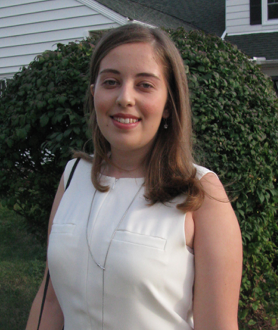
Senior Dalia Zullig had been the Online Editor-in-Chief for three years and is now the Editor-in-Chief. She enjoys writing features the most and runs...



